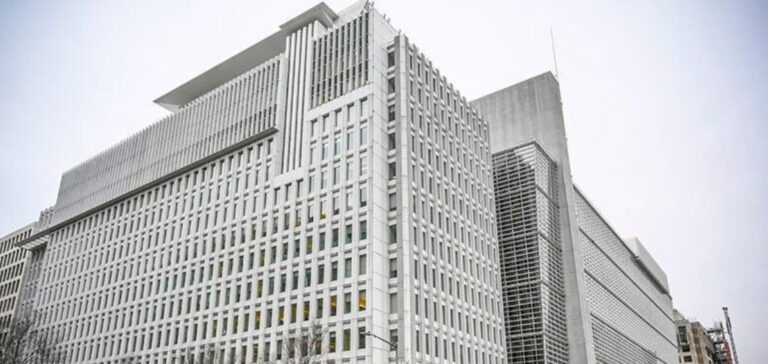The poorest or developing countries have the capacity to reduce their greenhouse gas emissions by 70% by 2050 by making an average annual investment of 1.4% of their GDP, the World Bank estimated in a report released Thursday.
However, the budgetary effort required varies according to the level of wealth, since it can exceed 5% of national wealth in the case of the poorest countries.
These countries therefore need increased financial support to achieve this goal but also to prepare for the effects of global warming, says the international institution.
These data are based on individual reports from about 20 countries, which account for a quarter of the world’s wealth and 34% of global greenhouse gas emissions. Among them are China, Egypt and Argentina, but also Niger, Chad and Malawi.
According to the World Bank, the keys to a successful transition involve “major reforms, better allocation of public resources, greater mobilization of private investment and significant financial support from the international community.
The institution published this compilation a few days before the opening of the COP27, in Sharm el-Sheikh, Egypt, during which the issue of compensation for poor countries affected more strongly by the consequences of global warming will be one of the key debates of the meetings.
“Achieving development goals and fighting global warming must go hand in hand. Climate action is an essential public good that requires significant additional financing (…) and substantial support from the international community,” insisted World Bank President David Malpass, quoted in the statement.
The report also recalls the “significant and disproportionate impact” of global warming on poverty and economic opportunities, “especially for the most vulnerable members of society.






















